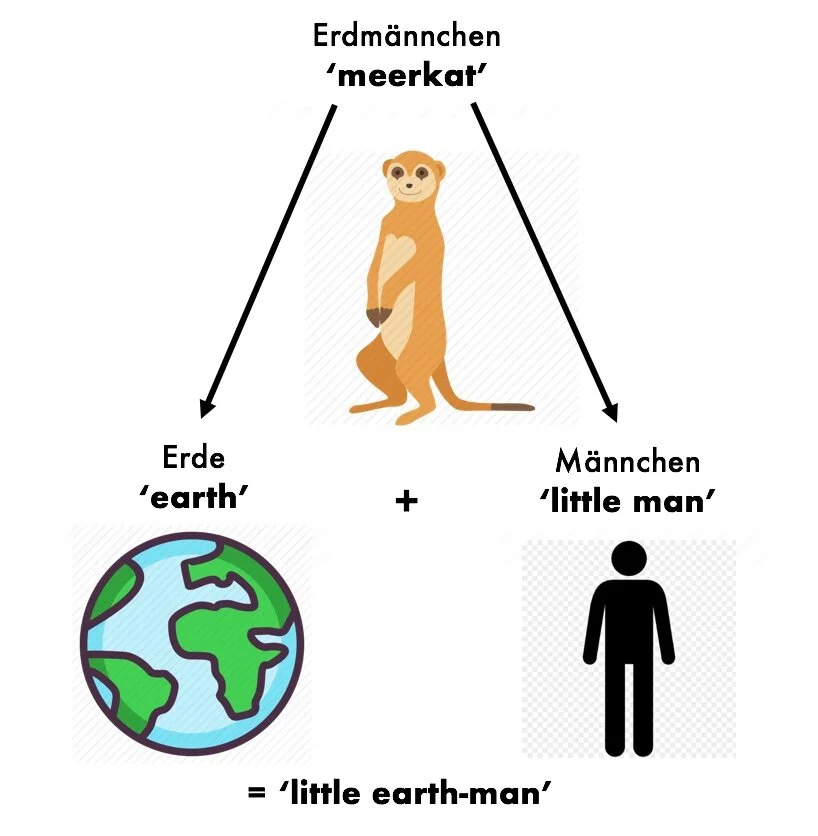An overview of the ways that pronunciations in Mandarin, Japanese, and Korean reflect the sound system of Middle Chinese.
Read MoreLanguage learning content created and curated by the LanGo team to help our students and community members discover, learn, and speak a new language.
Featured Posts
Content Categories and Tags
- Vocabulary
- SoundCorrespondences
- LanguageHumor
- FrenchInEnglish
- ConversationHours
- Immersion
- WordOrigins
- Onset
- OriginStory
- SocialMedia
- PhrasalVerbs
- EnglishThroughFilm
- Contest
- SocialEvents
- SoundChanges
- Morpheme
- Pronunciation
- WritingSystem
- Coda
- Multilingual
- VerbInflection
- 'Radicals'
- Morphology
- LanguageChange
- Games
- Latin
- Phonology
- Vowels
- TravelStories
- Resources
- LanguageLearning
- Triphthongs
- Nucleus
- WordDerivation
- LanGoTeam
- LanGoingsOn
- CJK
- Wordplay
- Dialects
- MandarinChinese
- CharacterAnalysis
- BeginnerKorean
- Core Argument
- Infinitive
- Linguistics
- Phonetics
- LanguageTeaching
- Stories
- ChineseCharacters
- ProjectBasedLearning
- Syllable
- ESL
- Cross-Linguistic
- Morphophonemics
- Spelling
- Diphthongs
- Consonants
- Grammar
- Transitivity
- BeginnerChinese
- Reading
- HistoricalLinguistics
- SummerCamps
- Music
- Neologisms
- Words
- Writing
- IPA
- Online
- Variation
- Syntax
- BeginnerGerman
- RomanceLanguages
- ClassroomActivities
- Verbs
browse all posts
A few common ways Chinese-derived compound words build up their meanings from the meanings of their components.
Read MoreAn introduction to the wonderful Chinese character input system, 倉頡 Cāngjié.
Read MorePeter's story, from small-town USA to Tokyo, and from Tokyo to remote villages in the Pacific.
Read MoreHow to learn Mandarin through one of our favorite stories: 小王子 ‘The Little Prince’.
Read MoreA word-watching tour through some of our favorite compound words.
Read MoreA team-compiled collection of our favorite ambigrams and other cross-language wordplay for language learning (and for fun!).
Read MoreA comparison of sound correspondences across words in three languages: Chinese, Japanese, and Korean.
Highlights from our students’ awesome final projects this session.
Read MoreIn this post, we continue our tour of Japanese verb inflection with a look at a fascinating class of lost-consonant verbs in Japanese.
Read MoreA few simple rules to help us (English-background learners of Chinese) pronounce Mandarin correctly from their Pinyin spellings.
Read MoreTips for mastering the sound system of Mandarin Chinese by understanding one of the fundamental divisions of the Mandarin syllable: 韻母 yùnmǔ ‘the rhyme’.
Read MoreA cross-linguistic look at “More-Than Words": two or more words that have become smooshed together so thoroughly that speakers stop perceiving them as distinct words.
Read MoreSimplified Characters: a survey of the various pathways from Traditional to Simplified character forms.
Read MoreThe story of my encounters with various languages. My early experience with European languages paved the way for a fascination with how language works and with using modern speech forms to reconstruct the past.
Read MoreHow Chinese characters are put together and how to simplify the task of recognizing and writing them.
Read More








































Tools for helping you master some of the trickier points of German grammar, whether you’re learning it for the first time or wanting to review the fundamentals. Los geht’s!